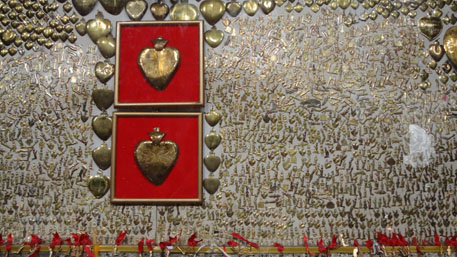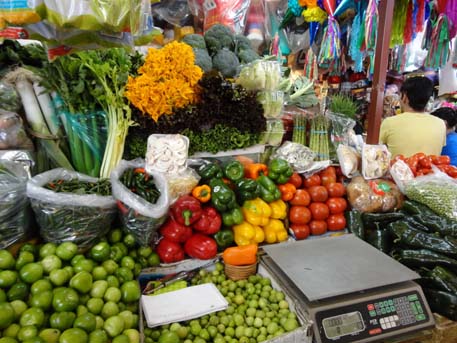Coyoacan is a word of Nahua origin. It means place where people own or worship coyotes. Along with the downtown area, Coyoacan is one of the oldest historical sites of Mexico City . After the conquest (1521) of the Aztec capital (and empire) named Tenochtitlan- located in what is now downtown Mexico, the Spanish conqueror Hernan Cortes established himself in the Coyoacan area. Cortes had a palace built in the present day Coyoacan’s Plaza. His palace is now the local government’s office. The area is surrounded by houses built in the colonial style. Two houses of note belonged to Doña Marina and Frida Khalo, who are both significant characters in Mexican history.
Because I spent my first life years in the Coyoacan area, some of my first memories of Mexico City are from this place. My grandparents on my mother’s side played a central role in my first Coyoacan memories. My parents decided to move in with my grandparents, temporarily occupying the ground floor of their Coyocan house. They were in the process of building a family house in Texcoco de Mora. My mother was doing her doctoral research at the Universidad Iberoamericana, which, at that time, was located in Coyoacan. My father was working at the Campo Experimental de Chapingo (which belonged to UACH), so he would commute from Coyoacan to Texcoco on a daily basis. As result, our routine in the Coyoacan’s house involved my mother spending most of the weekdays with us. She adjusted her schedule to be able to study and take care of us. Dad would put us to sleep when he came back from work. We spent weekends with our grandparents or other family members like aunts, uncles and my cousins. That was one of the happiest periods of my life. The reason was simple: I was surrounded by people who loved me. Amongst these people were my parents, grandparents as well as aunts and uncles. All of these adults and elders of my family collaborated in raising my baby brother and me. My uncles and grandparents were supporting my parents’ efforts in building a brighter future for our family. Even though I was very young, I sensed ties of love amongst all of us.
Veronica Sahagun (2011). Stand in the Coyocan’s Produce Market.
The central memory that I worked with in my animated collage involves my grandparents. Both of them have already passed away. However, the places that I used to visit with them still exist. On Sundays, our routine involved going to mass at the Templo de Nuestra Señora de Guadalupe in the rosedale located two blocks away from our home. After mass, my father would take all of us to the Coyoacan market. There, we would split into smaller groups. My father and Mamita (grandma) would go do grocery shopping. My brother, Papito (grandpa), and I would go buy seeds so that we could feed the pigeons in the plaza. After buying the seeds, we walked together to the square. The three of us would throw seeds on the floor, then sit down and wait for the pigeons to come. Once the floor was filled with pigeons, my baby brother and I would stand up and chase them after them. At the age of three, it was easier for me to focus on the plaza´s floor than the architecture, which felt so imposing. Hence, every time I go back for a walk in Coyoacan´s square a part of me goes back to my early childhood years.
The last time that I went back to Coyoacan center, I paid attention to the space. I realized that it is indeed very large. It has a large parish and two market places. One of these markets specializes in traditional dining and the other one has fresh fruit and produce. Coyoacan has two squares adorned with flowers, trees, and benches. As a result, this is a site where many traditional celebrations may take place. Some of these include el Grito de Dolores or call for independence and the Day of the Dead. Concerts, festivals, and political demonstrations are also a common site. During my last visit in December 2011, I protest camp of the Indignant’s Movement in front of the Government’s Palace. Later on, I started to be exposed to news about crimes and murders committed in the same area. This led to reflections on how public sites are witnesses of the historical moments taking place in any country. The positive and the negative combine in order to create an environment that permeates the daily lives of the locals.

Veronica Sahagun (2011). Tokens in the Parish.
References
Coyoacan. (2013). Retrieved September 23, 2013, from http://www.coyoacan.df.gob.mx/
